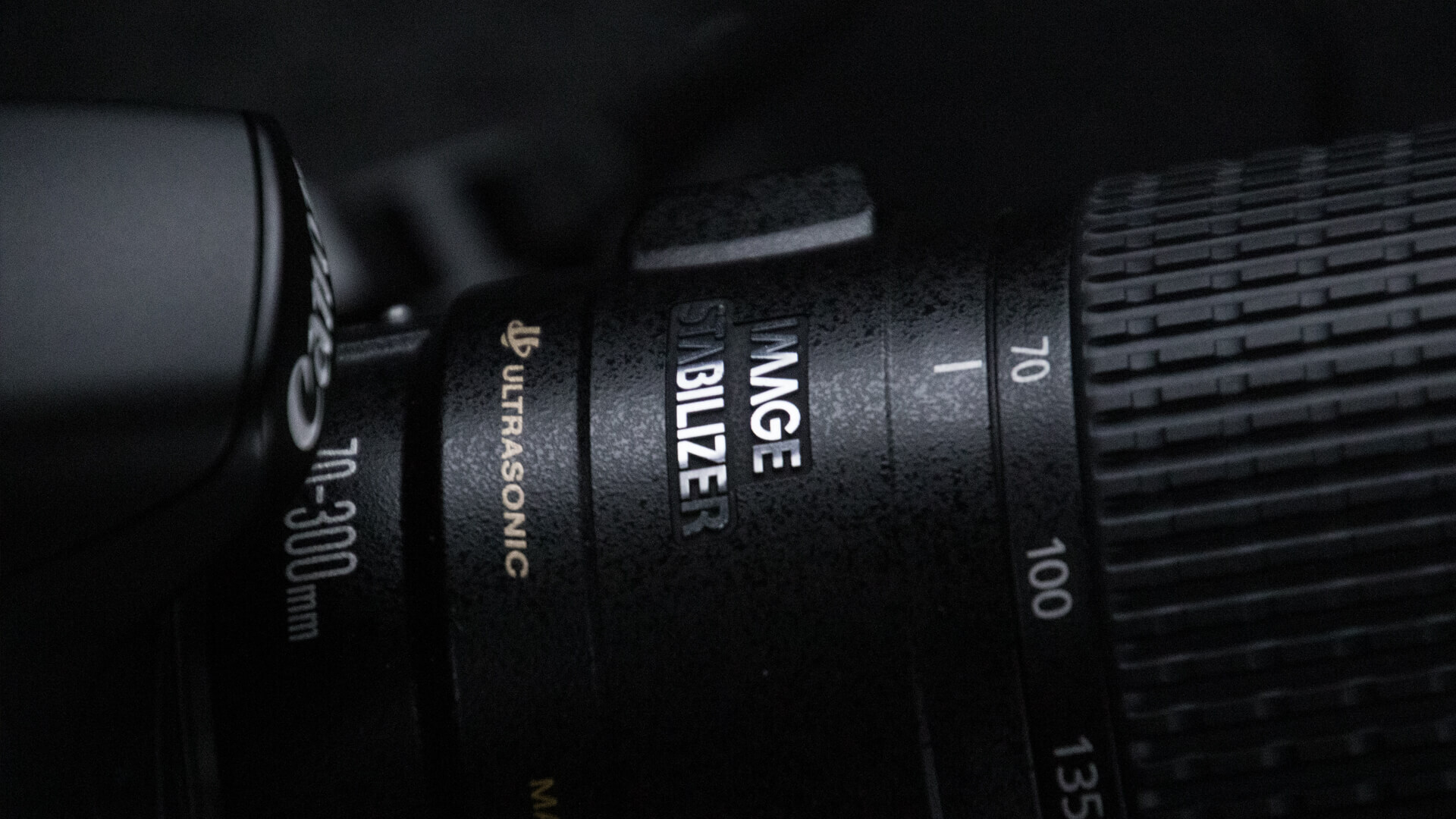
For anyone that might be interested about my every day photography equipment, this is what I have to say.
Camera Body
Canon EOS 7D Mark II DSLR
Like most hobbies, photography can be expensive. Canon’s 7 series lineup of cameras brushes up against what I consider their professional line but doesn’t cross it. I was attracted to the 7D Mark II due to its pro-grade autofocus, ten frames per second of continuous shooting, photo resolution (5472 x 3648), and weather sealing. If you’re a photography 'enthusiast', into capturing fast action (wildlife or sports), and you want to leave yourself an upgrade path, the 7 line is for you. I pulled the trigger on my 7D in 2015.
Yes, the 7 series lineup has cropped APS-C sensors (they are not full-frame). This means you will be losing out on dynamic range, low-light performance, depth of field, wide fields of view, and often resolution. But; and there is a big but…
Lenses Glass
Full-frame lenses offer an advantage to cropped sensors, and that’s a focal length multiplier. 1.6x in my case. That makes my 400mm lens over 640mm! This works wonders for getting closer to subjects. I say, save money on the camera body and spend more on your glass.
Canon EF 100-400mm f/4.5-5.6L IS II USM
My photography style pushes me to single out subjects. To capture people, animals, and objects, in their natural surroundings. I try to eliminate visual distractions and get up close and personal. This task is not always possible to accomplish with your feet.
Purchasing an EF 100-400mm in 2017 was wallet-draining but worth every penny. There is nothing else like an L (professional) Canon lens. It has a very shallow depth of field, beautiful bokeh, amazing image stabilization, and no problem getting close. I’ve fallen in love with the 3m (~10ft) minimum focus distance switch. When enabled it makes it much easier to shoot through objects and focus on something beyond 3m away, instead of ‘focus hunting’ on everything in between.
One thing to watch out for with this lens is the intense shallowness of the depth of field. At low f-stops, it’s easy to focus on someone’s eye and accidentally blur out the rest of their face.
Tamron 16-300mm F/3.5-6.3 Di II VC PZD Macro
If you’re looking for a less expensive all-in-one type of lens, the Tamron 16-300mm is for you. I purchased mine before traveling to Italy in 2015. A majority of the time I dragged my hefty camera bag around, all for nothing. I used this guy 90% of the time.
The wide angle of 16mm allows for a great variety for landscape photography, is versatile for interiors, and can keep focus as close as ~15in away. One thing to note about Tamron is the zoom grip rings on their lenses turn the opposite way that Canon lenses do. It takes some getting used to.
Canon EF 50mm f/1.4 USM
I rarely use my 50mm. Although it’s good to have for darker interior shots, without image stabilization or a tripod, I only use it as a last resort. With my 1.6 focal length modifier, it comes close to a perfect portrait lens at 80mm.
SD Cards Memory
Sony 64GB SF-G Series UHS-II U3 Class 10 SDXC Memory Card
I was perfectly fine with SanDisk SD cards. It had never crossed my mind to pursue anything else. But that changed in early 2017 when I read Sony had released a card that can write up to ~300MB/s! I had not thought about write speeds at all up until that point. It’s one thing to be able to quickly read the card’s data when transferring photos from the card to the computer. I get that, speed there is convenient. But, it’s a whole other thing to be able to write the data from the camera to the card more quickly, right? We are not talking about convenience there, we are talking about performance.
I quickly realized that other companies had not been upfront with their write speeds. Sony’s new card was bold enough to put both the read and write speed right on the face of the card. While other companies only provided the read speeds. Why is that? A marketing ploy? If so, it worked. I purchased a 32GB card for probably twice that of their competitors. I was not, and have not been disappointed.
According to the numbers, Sony’s card was 20MB/s faster at reading; that’s 1/3 of a photo per second faster when moving the files, not impressive. But 200MB/s faster at writing - now I’m intrigued! What does that equate to in practice? This gave me an extra second of continuous shooting. Allowing my 7D to shoot 10 additional RAW photos (41) before having to buffer. I love it and have subsequently purchased a 64GB card as well.
Accessories Bits n' Bobs
Besides a card reader, cabling, charger, batteries, and cleaning supplies, here is some of my other equipment...
Foregrip
The Canon EF 100-400mm lens comes with a forward tripod mount foot. In 2017 I purchased a CAMVATE grip to use as a foregrip on the lens. It helps me steady handheld shots and comes in handy as a short monopod for use atop handrails and the like. It’s the best $10 I ever spent.
Bag
My Lowepro ProTactic 350 AW has traveled many miles in a few countries, been on plenty of flights and hikes, seen rain, snow, and extreme hot and cold, and is holding up great. It easily fits everything mentioned on this page and more. The MOLLE webbing on the exterior has allowed me to carry water, two collapsible lawn chairs, and a picnic blanket into EAA AirVenture in years past.
Other
- Flash: Canon Speedlite 270EX II
- Tripod & Head: Manfrotto MT055XPRO3, and MHXPRO-3WG
- Remote: Canon RC-5 Wireless Remote Control